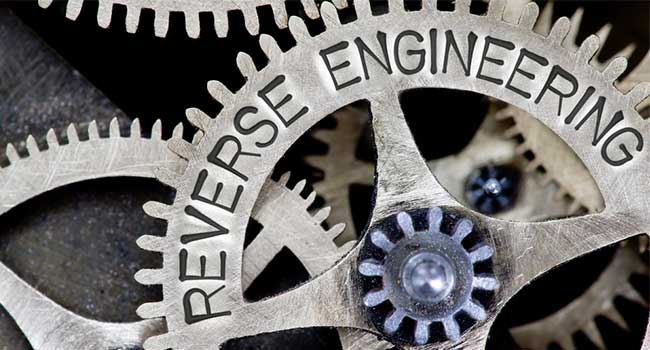As computer-aided design (CAD) has become more popular, reverse engineering has become a viable method to create a 3D virtual model of an existing physical part for use in 3D CAD, CAM, CAE or other software. The reverse-engineering process involves measuring an object and then reconstructing it as a 3D model. We can measure the physical object using 3D scanning technologies like CMMs, laser scanners, structured light digitizers, or Industrial CT Scanning (computed tomography).
The measured data alone, usually represented as a point cloud, lacks topological information and design intent. We can recover the former by converting the point cloud to a triangular-faced mesh. Reverse engineering aims to go beyond producing such a mesh, and to recover the design intent in terms of simple analytical surfaces where appropriate (planes, cylinders, etc), as well as possibly NURBS surfaces, to produce a boundary-representation CAD model.

